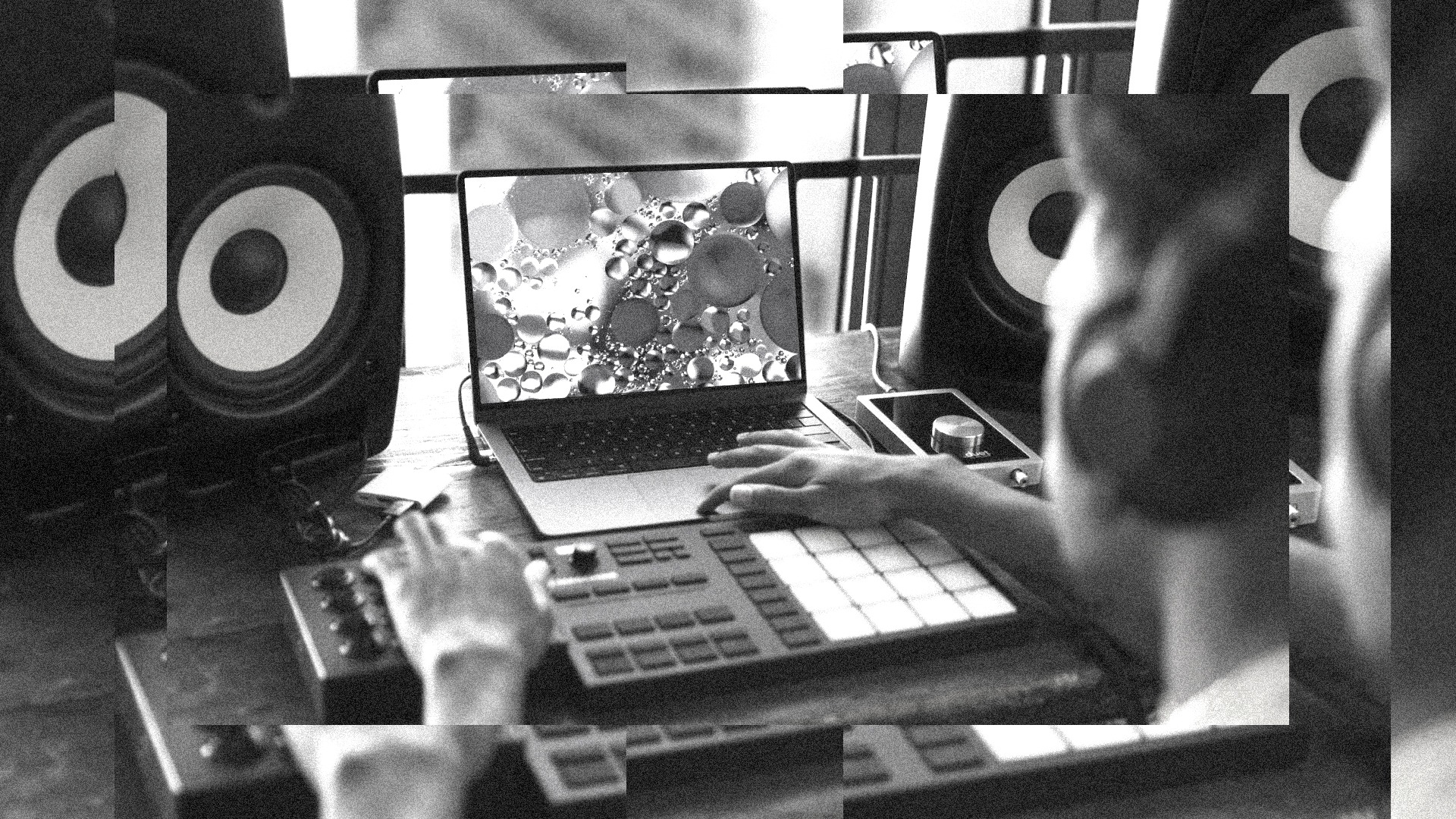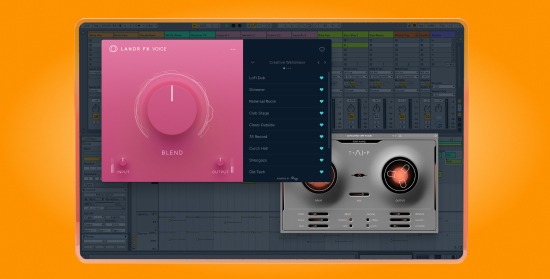
How to EQ Kick and Bass for Better Low End
We all wish we knew how to mix kick and bass perfectly. You want that rock-solid, powerful low end that jumps right out of the speakers don’t you?
Getting your kick and bass right is hard. Bad low end is one of the most obvious signs that a track has been mixed by an inexperienced engineer.
But with a little insight, learning how to mix kick and bass properly is simple.
In this article, I’ll show you some of the best ways to EQ kick and bass to get the low end you’re looking for.
Before we start, the frequencies we’ve picked here are just helpful guidelines to get started.
Don’t do something just because someone told you to, or because “you always do it.” Use the information in this article to help you find the EQ settings that fit your unique tracks.
Remember—your ears are your first point of reference for every mixing decision.
Learn your listening environment

Don’t underestimate the effects of your listening environment.
The monitors you choose are definitely important. But even with the best speakers in the world, a bad room can still make a good mix turn out poorly.
You could perfect your mix in a bad sounding room—only to realize that it’s completely wrong when you hear it in a different environment.
You could perfect your mix in a bad sounding room—only to realize that it’s completely wrong when you hear it in a different environment.
That’s why studios spend thousands on acoustic treatment. The more “flat” your room’s response is, the easier it is to get a mix that sounds right on every sound system.
It’s especially true for low end like kick and bass.
How to judge low end
So what if you don’t have a perfectly tuned acoustic environment to mix in?
It’s not the end of the world.
Make an effort to know what’s going on in your space and you’ll still be able to get the low end sound you’re looking for.
To accurately judge low end in an untreated room, you should:
- Mix reference as often as you can: Referencing different tracks in different environments will help you get an idea of where biggest flaws are in your room.
- Use good open headphones to check lows: If you know your room is flawed, a good pair of headphones can go a long way to help you make mix decisions.
- Learn to identify frequency ranges: If you have a good idea of what frequencies are problematic, you’ll know to be careful when EQing them.
[adbutler zone_id=”291816″ secure=”1″ type=”asyncjs”]
With that in mind, let’s talk about EQ!
How to EQ Kick and Bass
High-pass filters
When you first start mixing with EQ, it seems like you could just boost the low end to get that powerful bass you’re looking for.
In reality, too much low end energy in your mix can make your track sound weaker. Here’s why:
All speaker systems have a limit of how low they can go. If there’s a lot of sonic information at a frequency lower than your speaker can play, it will struggle—and fail—to reproduce it.
This causes your speakers to work inefficiently. The effects of inefficiency radiate through the whole spectrum and cause all kinds of issues.
To avoid this you have to control your lows.
Put an EQ with a visual display of the frequencies on your kick and bass tracks. If there’s a lot of activity at the lowest frequencies, your mix is probably suffering.
Almost no speaker systems can reproduce sounds below 20-30 Hz. To get rid of this sub-sub-bass, use a steep high-pass filter to EQ it out.
Here’s a 48 db/octave high pass filter at 30 Hz on a bass track:

Close your eyes and move the filter up until you start to hear a negative impact on the sound.
It might surprise you how much sub-bass you can filter out and still feel a powerful low end!
Close your eyes and move the filter up until you start to hear a negative impact on the sound.
It might surprise you how much sub-bass you can filter out and still feel a powerful low end!
Clearing space
EQ’ing a track is like putting together a puzzle. You have to shift things around to make space.
You want your kick to punch, so you need make space for it in the mix.
The same goes for your bass as well. If your mix doesn’t have space for it, you’ll never get the beefy low end you’re looking for.
Your tracks might sound perfect by themselves, but together (or with the rest of the mix) they get lost and sound muddy.
To deal with this, you’ll have to do some precise sculpting.
Hone in on where the problems are. If the issue is muddiness, the congestion might be in the low mid-range: 200-500 Hz.
Typically, you want to leave a good chunk of this range available for your midrange instruments.
Guitars, certain synth tones and even vocals get a lot of their power from the low mids.
That means that depending on what you’re starting with, you may have to carve some of that range out of your kick and/or bass.
[adbutler zone_id=”291816″ secure=”1″ type=”asyncjs”]
In this example, I’m cutting some 200 Hz mud out of a kick drum:

You want your low end instruments to take total command of the low frequencies. That’s because the fundamental frequencies of your kick and bass elements are down that low.
Low-frequency energy in midrange instruments is less essential and more likely to be rumbly extra material that doesn’t contribute to the sound overall.
Decrease this range in your other instruments to give your kick and bass the room they need.
Not just bass
Lows are the foundation of great kick and bass tracks, but that’s not all there is to the story.
“Big” and “punchy” kicks and basses often have a lot going on in other frequency ranges.
“Big” and “punchy” kicks and basses often have a lot going on in other frequency ranges.
For example, the “point” of a kick drum that gives the sense of its attack is often somewhere in the midrange. If you don’t take these frequencies into account when you EQ, your kick will never feel present in the mix.
I’ve added 6 dB right around 2 kHz to bring out the bite of the kick:

Similarly, a lot of basses need some accentuation of the high end to bring out the attack and articulation.
Experiment with EQ in ranges other than the low end to find which frequencies bring your kick and bass into focus.
Low hanging fruit
EQing kick and bass is one of the most challenging parts of mixing and ultimately mastering a track.
With a little help and experience you can learn how to do it right.
Try these EQ tips on your next track, you might find it helps you get a bigger, better low end!
Gear guides, tips, tutorials, inspiration and more—delivered weekly.
Keep up with the LANDR Blog.



